Is there anything worse than battery anxiety? We’re all becoming dependent on wonderful mobile technologies such as smartphones to make our lives easier and more pleasant. While these devices have become incredibly power-efficient, we’re still pretty far away from only having to recharge once every few days.
Modern smartphones barely manage 24 hours of charge with moderate use, so we’ve grown used to moving our devices from one charger to the next. We charge at home, in our cars and at work. Just to keep that dreaded “low battery” warning at bay.
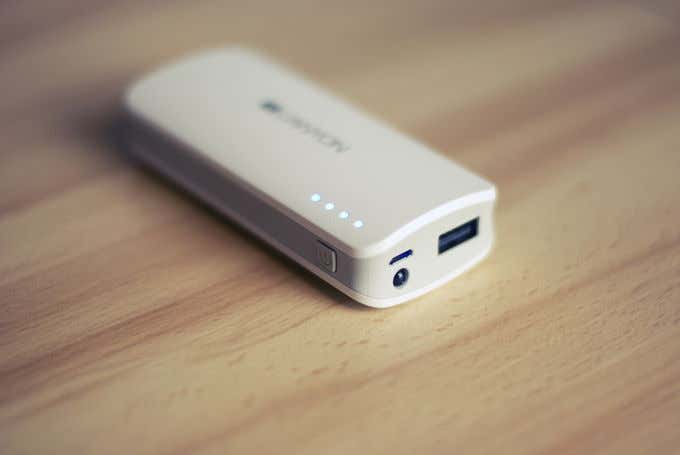
Which is why the ubiquitous “power bank” has become so popular over the last few years. These compact bricks of various sizes can store enough juice to keep your phone topped up for days. Power banks have probably saved the day more than anyone knows, but most people use them without really knowing anything about them.
Sure, a power bank is literally a “plug-and-play” product, but there are some things every user of these popular devices should know. After all, they are much more sophisticated than most of us realize. To help you be a more informed user (and buyer) of power banks, here are some essential facts you should commit to memory before using one again.
Power Banks Use (Potentially Dangerous) Lithium Ion Batteries

Battery technology is way, way better today than ever before. That might seem like an obvious observation, but few people remember how older technologies like nickel-cadmium took forever to charge and held barely any power.
Unfortunately, these modern wonder batteries come with some caveats. With such high energy densities, there’s always the chance that the battery will release it all in one uncontrolled burst.
That translates to an explosion or fire, which is pretty serious! You may have heard horror stories about houses burning down from faulty hoverboards or phones exploding in people’s pockets. That’s what happens when lithium ion batteries go bad.
The only reason the actual accident rates are acceptable comes down to the host of safety standards and technologies built into lithium devices. However, your power bank’s lithium battery can turn into a dangerous object through misuse as well. Being pierced or crushed is one surefire way of causing an internal short and subsequent flameout.
The same goes for being exposed to heat from lying in a hot car window or being too close to a heat source. So be circumspect about how you handle your new power bank and treat it with the correct level of respect.
At the same time, you should only buy and use power banks that are branded and have certification from consumer safety organisations. UL certification is probably the most common standard in the USA, with other territories having their own equivalents.
Power banks needs to have several features such as overcharge, overvolt and overheating protection to be considered safe for use. Unbranded, uncertified products may have only some or none of these features. Which is a recipe for disaster!
Power Bank Capacity Isn’t Always What it Seems

Power banks are almost universally rated in milliampere hours, abbreviated as “mAh”. This is a measure of how much electrical charge the battery can hold.
The battery inside your smartphone or laptop also has a rating in the same unit. So if you buy a 10 000 mAh battery and your phone sports a 2500 mAh battery, you should get four full charges out of it, right?
It turns out that there’s some mild marketing dishonesty going on here, as well as a measure of overhead thanks to the laws of physics.
The marketing spin has to do with the voltage difference between the battery and the device’s charging input. Lithium cells have a “nominal” voltage of 3.7 volts. However, USB operates at a minimum of five volts and so the device will expect to be charged at least at that voltage.
To see how this makes a difference we need yet another unit, the watt hour (Wh). This is the unit your electric bill is measured in and indicates the actual energy used.
Using an mAh to Wh calculator, we see that at 3.7V our 10 000 mAh power bank has 37 Wh of energy. However, our 2500 mAh phone battery charged at 5V needs 12.5 Wh. That only give us about three full recharges rather than four at best!
On top of this you have to consider that there is no such thing as lossless energy conversion. Converting the chemical energy in your power bank to electricity and back to chemical storage will dump some of it as waste heat.
In the end, you can roughly estimated the “actual” battery capacity of a power bank for charging devices at about two thirds of the capacity stated at a 3.7V nominal voltage. Some battery banks actually state two capacities at both voltages, which makes your job easier. Just remember that it’s the 5V number that actually matters.
The Amps Matter Too
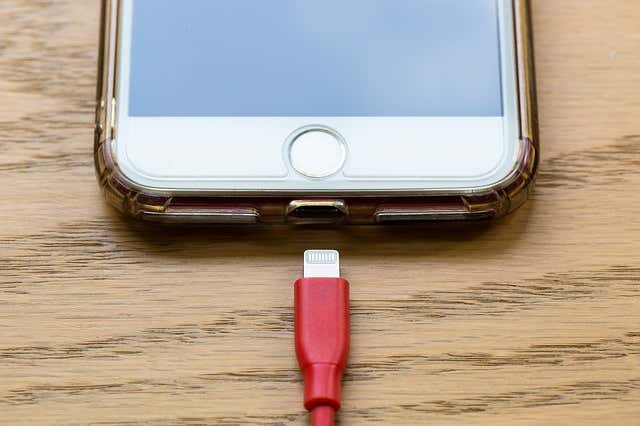
Standard USB charging happens at 5V and 0.5A. If you leave the voltage the same and increase the amperage, the rate at which electricity flows increases. That means the bank will discharge more quickly and the target device will charge more quickly in turn. That is, if it supports charging at higher amperages.
Almost all modern smartphones and tablets can charge at 2.1A. Consequently it’s pretty common for power banks to have at least one port rated at 2.1A or 2.4A. It’s perfectly safe to plug any USB-compliant device into the high-amperage port. It will only receive as much current as it requests. Plugging your phone into this port will charge it at a speed similar to using a wall-charger.
There is a downside to this though. Faster discharging causes increased heat in the battery. The hotter the battery gets, the less efficient it is. So using the faster port could have a noticeable impact on how much charge you get out at the end of the day.
If you are trying to get as much out of the bank as possible, don’t actively use the phone and leave it overnight on the 0.5A output. Switching it off while charging would be optimal. This is the sort of scenario you’d encounter while camping away from mains power. Where every watt counts.
If you’re going to get to a place where you can recharge your power bank before you’re out of options, then it’s generally better to always use the high-amperage port. Especially if you want to actively use the phone for power hungry applications such as GPS navigation.
Speaking of charging, what about charging the actual power bank?
Quick Charge Standards Make All the Difference

If you have a modern, mid-range or better smartphone, you’ll know that it can charge pretty quickly from the wall. So it may be surprising when many power banks can take a whole day to charge up. There are various reasons for this, but if you are going to use a power bank often and not simply keep one for emergencies, faster charging times are critical.
Modern phones and tablets usually support one or another form of “quick” charging. There are too many charging standards to discuss here, but luckily all you have to do is ensure that the power bank’s stated supported standards match at least one of the standards your charger provides. This will cut down significantly on the total time it takes to top up the cells.
Pass-Through Charging Is a Useful Feature
Which brings us to another issue. Assuming that you only have one charger, should you charge your power bank or device first? If you have a power bank with support for pass-through charging, then this is one dilemma you don’t have to face.
Such power banks can charge themselves from the wall while also passing charge on to another device. One charger, two happy devices. It’s a feature worth looking out for.
Some Laptops Can Be Charged By SOME Power Banks
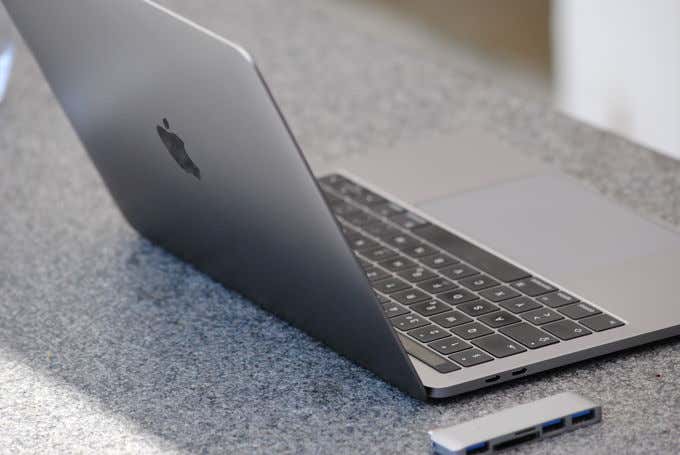
Phones,tablets and other small electronics have more or less standardized on 5V USB power, but laptops are different. These larger devices accept 12V power from a supply that converts the high-voltage AC current coming from the wall into something palatable for the delicate electronics inside your beloved lap-warmer.
There are two main ways your laptop can be charged using a power bank. In both cases, you need a power bank with the right features. Many modern laptops, especially ultrabooks, can now be charged via USB-C. If your laptop can be charged via USB-C, which is what the included charger will use, then you can also use a powerbank that has a USB-C output and supports the USB-C PD (Power Delivery) standard.
You need to use a true USB-C cable that has the oval USB-C connector on both ends. Your laptop charger might use a removable USB C cable, in which case you can simply move it over to the power bank when needed. USB-C PD cables are rated for 3A, but some are rated for 5A. If your charger and laptop both support charging at 5A then it is worth getting a compatible cable. In most cases however you’ll get 3A charging with a total power delivery of 30W from the typical power bank designed for laptop charging.
Now, what if you have a laptop that doesn’t support charging via USB-C? Then you’ll need a special power bank with a 12V laptop output. This is a non-USB port that works with a proprietary cable provided by the power bank maker.
You Can Jump Start a Car With Special Power Banks
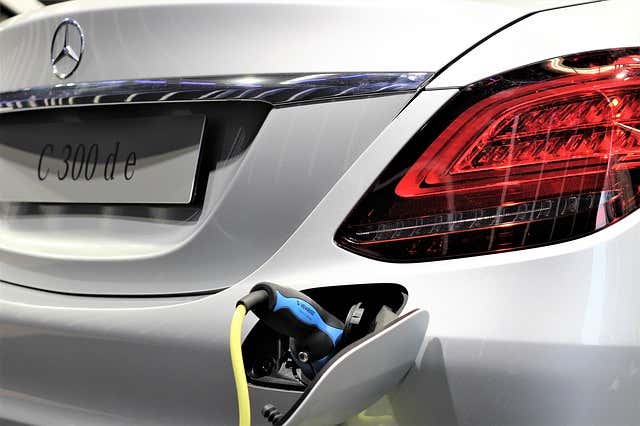
It’s true! There are some specialized power banks out there that come with an attachment that allows you to jump-start your car. These are more expensive than your run-of-the-mill power banks and are best left in a safe spot in your car.
They can be a real lifesaver, since not only can you get your car started with them, you can also juice up your phone to call for help if that doesn’t work. Now, to be clear, you can’t use any power bank for this purpose, but the basic power bank technology is the same.
Limited Lifespans Are The Order of the Day
One of the reasons that some people are none too happy that modern devices don’t have removable batteries is that a lithium battery is the one component that has the shortest lifespan. While the rest of your phone might work for decades unless you physically damage it, the battery will almost certainly be out of puff within a few years.
Lithium batteries gradually lose their charge capacity with every recharge. It’s not like an on-off switch where the battery will work one minute and then stop the next. The total amount of power that the battery can store just gradually becomes less until it really starts to drop off.
These days you can expect most lithium batteries to go through around 500 full charge cycles before starting to lose a noticeable amount of power. That’s a full recharge cycle. If you, for example, charge your power bank from 50% to 100% twice, that only counts as one full recharge.
You also can’t expect power banks to hold their charge indefinitely. So make a point of topping them up every few months if you haven’t used them.
Never Worry About Running Out of Power Again
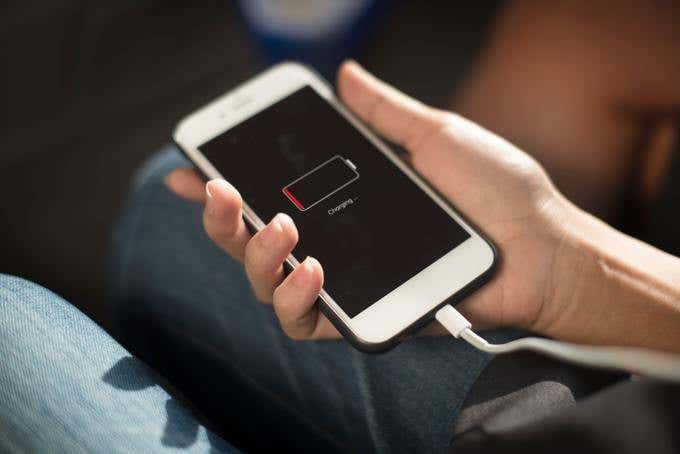
Perhaps one day we’ll finally get that super-battery breakthrough that science journals are always promising. Some type of super-capacitor or room-temperature superconductor technology that will run a smartphone for 100 years.
For now, we’ll have to make do with battery technology that’s not quite magic, but definitely usable. Thanks to power banks, we can enjoy slim, attractive devices while also having some way to top them up when away from mains power or a car’s charging socket. No more FOMO or battery anxiety. As an informed power bank user, you can enjoy the benefits of having as much power as you need on tap. Wherever you are!